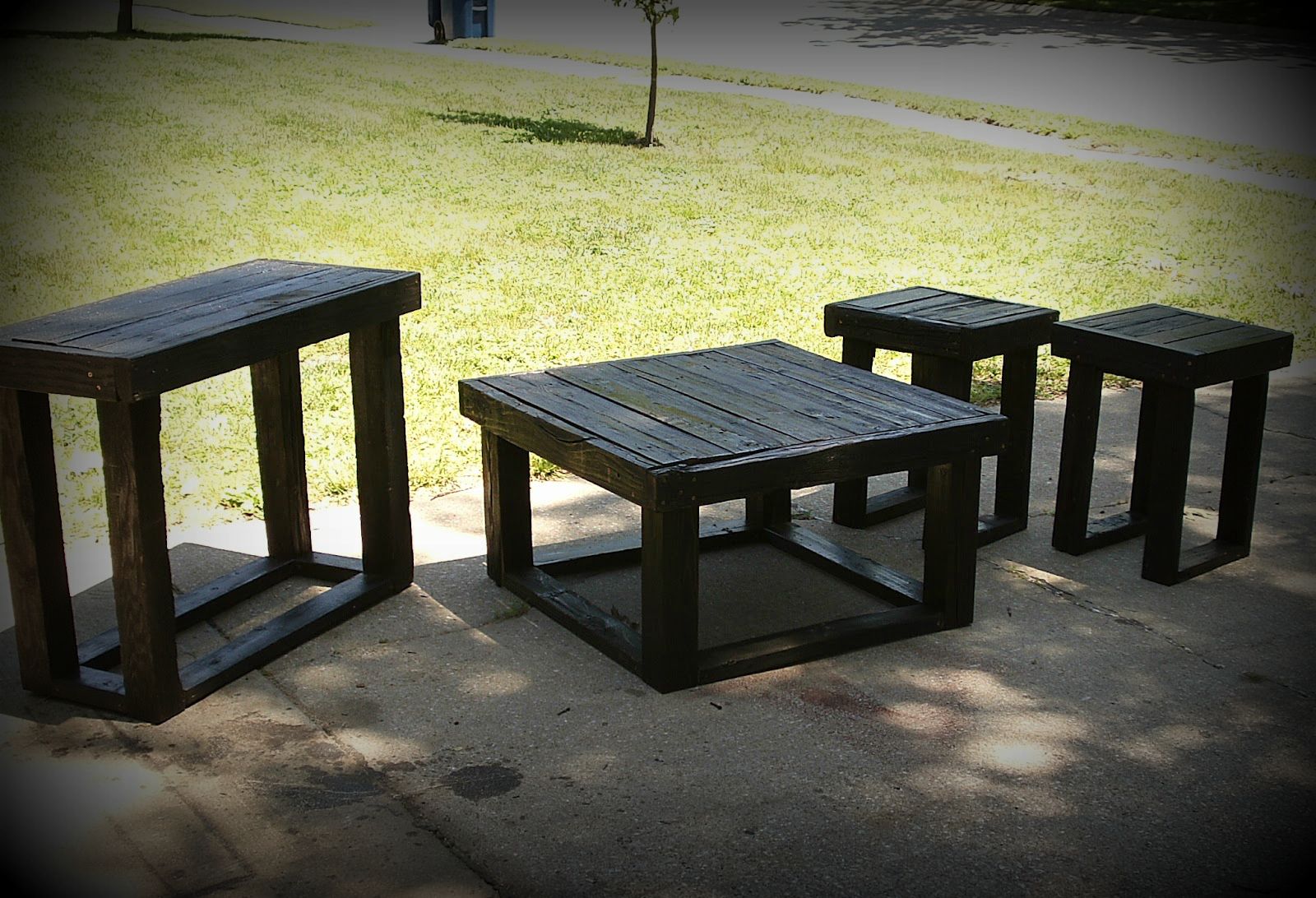Coffee table is an important piece of furniture in our abodes. When you want a new coffee table for your home, there are two options – you can either purchase it from the market, or build one at home from readily available things.
While the first options sounds simple, it is more expensive, and you end up with a piece of furniture that’s so much similar to what your neighbors or their neighbors have. Thus, the option of making a coffee table is more inexpensive (without the high price tag) and you can have something really different and interesting ready in no time.

If you want to build a solid wood coffee table that’s sustainable and rustic, check out the following DIY steps to reach at one of the finest tables unlike one that you will find from a similar price in the market.
This table wasn’t an outright decision; after I had struggled searching for a coffee table almost everywhere, I was unable to find a table with the right dimensions and finish for my liking. This is when I decided to make a living room coffee table myself.
When I set out to build the coffee table, my goal was simple, to build a table that would look like it was made from reclaimed timber. It should be kept in mind that the goal was to be realized without using reclaimed timber. In order to put my dream into reality, I begun, and created a wonderful, rustic coffee table from white pine. Let’s detail the steps to build required in making a table like the one I’ve managed.
Things (tools) you’d require:
- White pine boards
- Brad nailer
- Miter Saw
- Air compressor
- Sander
- Table saw
The frame
A solid frame is key to a table’s strength and show. It was therefore foremost for me to create a solid frame which also appealed to the eye. For my table’s frame – I took a 2×4 plank and slit it and used the piece for the corners. Using 1×4 size hooks, and sticking the parts together with brad nailer and wood glue, I was able to create the frame for the size of a table I wanted. Using the steps, you can customize the size of the table to your needs.
To the top
For the table’s surface, I used 1×8 white pine boards. The boards were hooked to the frame after they were sanded properly.
Sides of the table
For the sides of the surface, I used 1×6 white pine boards. Four of these will be required. Then, to ensure the four corners of the table fit sung and fell like done by a pro, I cut the boards on both ends at 45 degrees. The boards should be cut at the length that they run the length of the table on each side. Now, using the brad nails and glue stick the boards snug on the sides of the table’s surface.
Side boards
In my table, I wanted boards on the sides – both on the top and at the bottom; you can skip this if you feel your table looks complete with whatever you have managed already. If you want to make the sides secure, use similar 1×6 white pine boards and cut them at 45 degree angle on both ends. Using the brad nailer and wood glue, fix them perfectly to the sides.
Finishing
Since, this table was supposed to look rustic, I distressed the table at places with knife and made hole on the table so it could look like bug damage. Then I filled it with wood puddy and sanded it. For the finish, I used grey stain all over the table to give it that weathered look.






0 Comments.